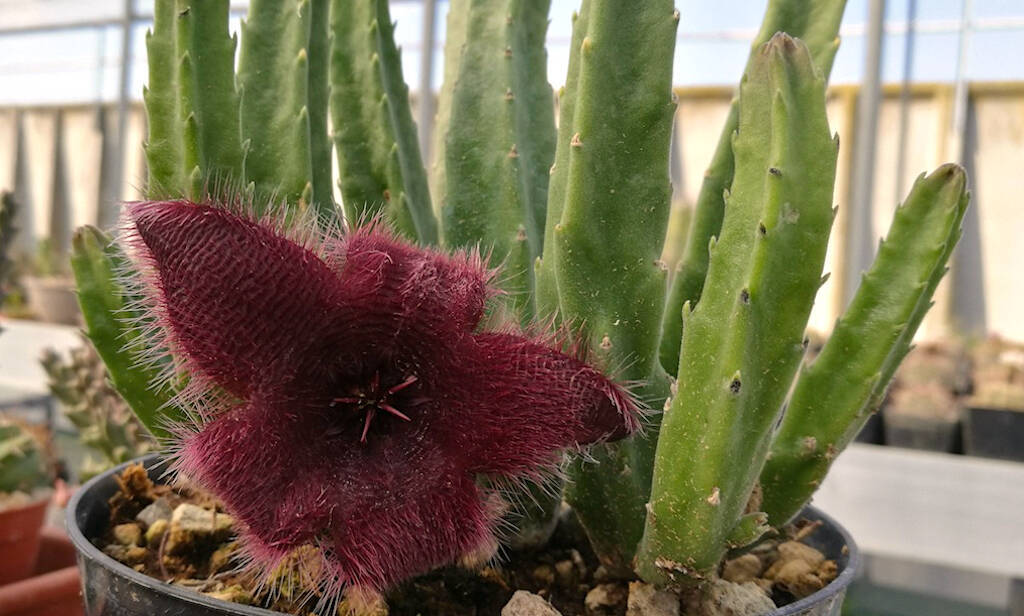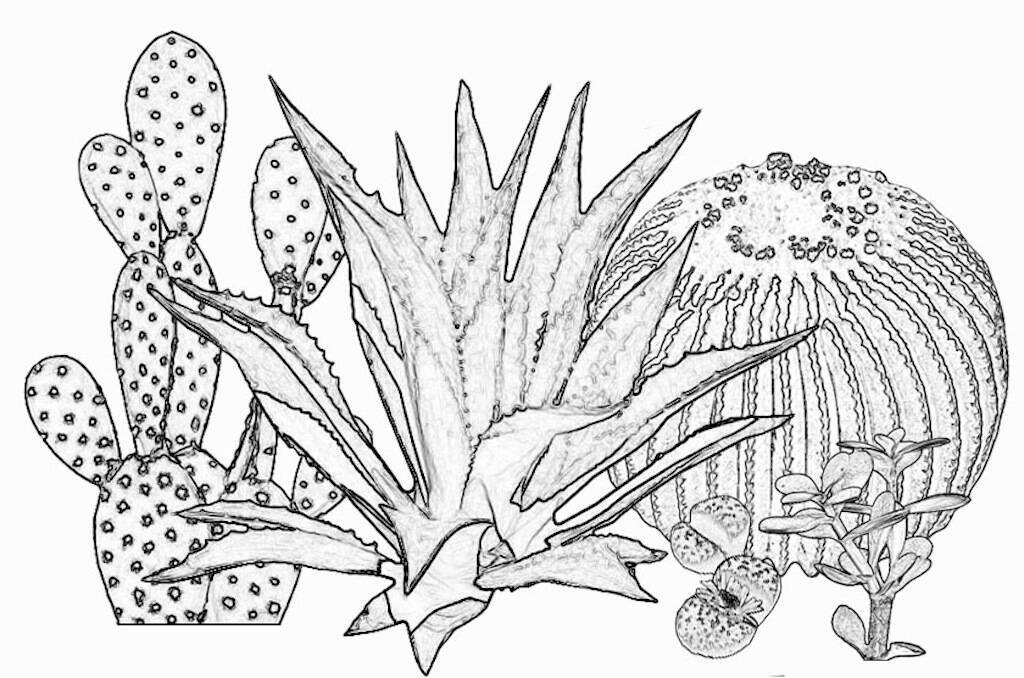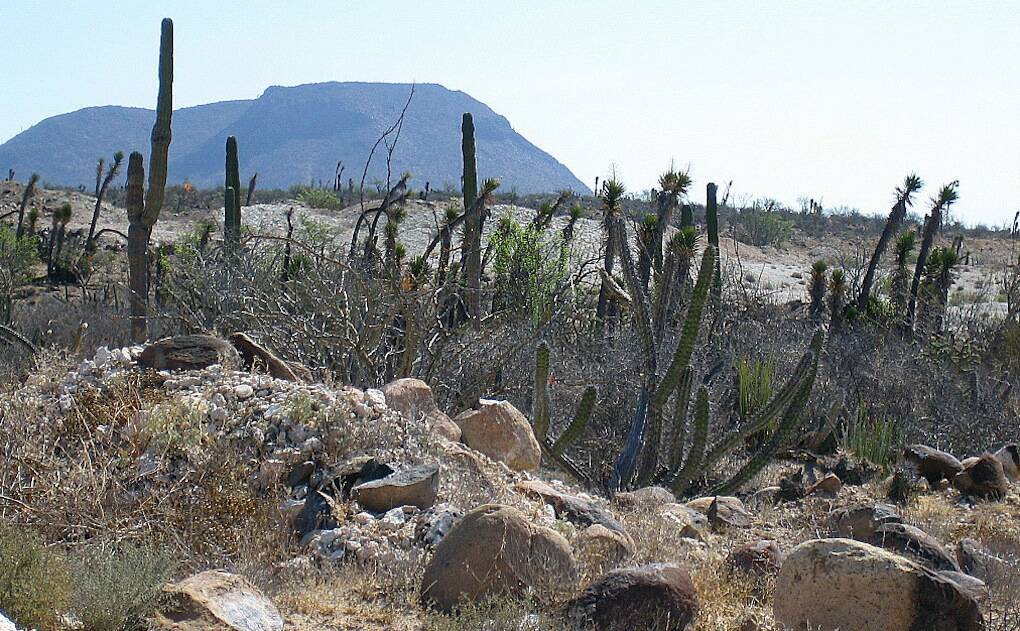Although more than twenty years have passed, I still remember my first encounter with an Asclepiadaceae. A few years ago, I approached the world of succulents, and I went to visit a nursery just outside my city. I had been browsing among the succulents for quite a while when the owner of the nursery, an elderly but very chirpy lady, noticed me and my interests in plants, approached me and said: “Do you want to see a succulent plant with beautiful flowers?” I said yes, of course, I wanted to see it, so she took me down a narrow corridor cluttered with plants and pointed to a large succulent in a hanging pot. It had thick fleshy, straight green stems with reddish edges, and from one of these stems hung a big star-shaped flower with elongated, thin tips and shaded yellow petals crossed by tiny dark streaks. “Come closer, sniff how good it smells”, the lady said to me, passing from a restrained smile to an open, fat laugh, as soon as I obeyed and immediately withdrew, disgusted by the smell of rotting flesh that from that flower had entered right into my nose.
Keep on reading the article if you want to know how this story goes (…)
Continue reading “The Asclepiadaceae family: African succulents with beautiful but… smelly flowers”





